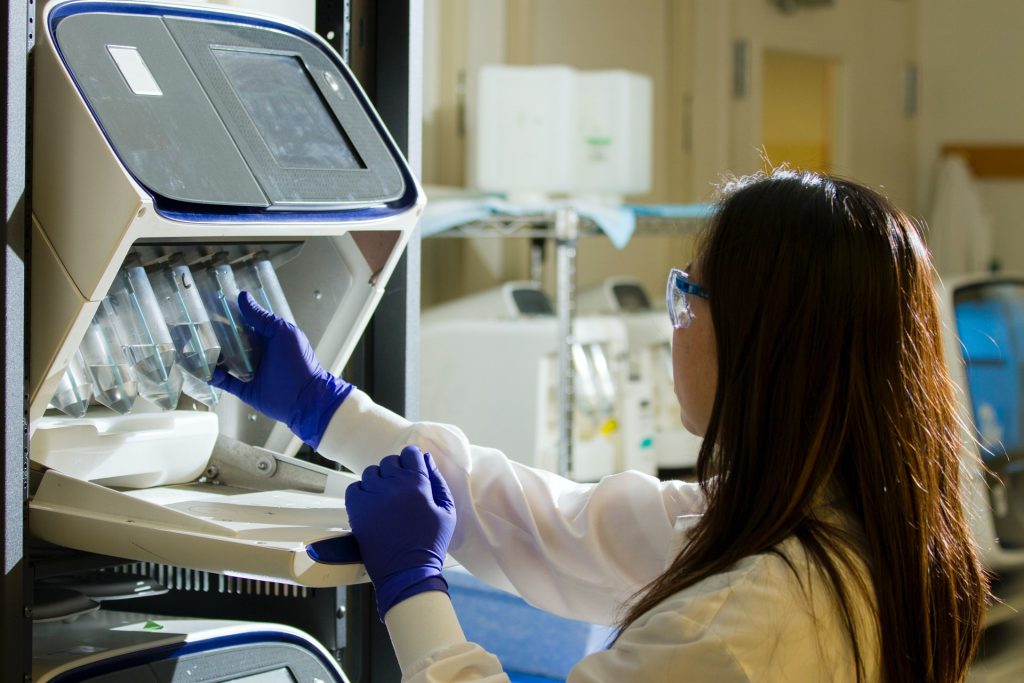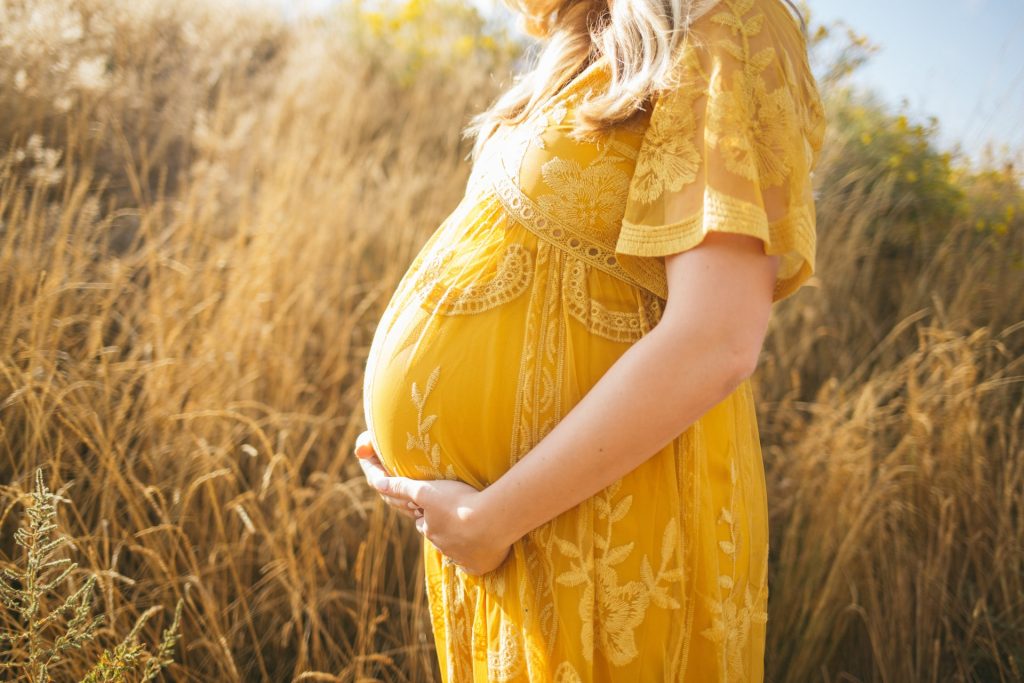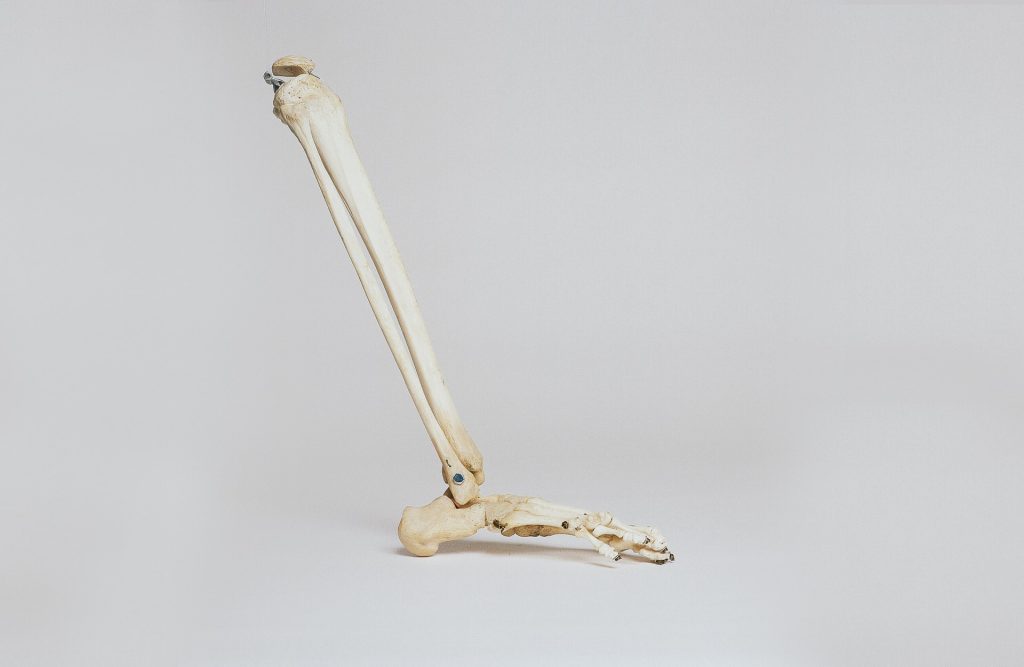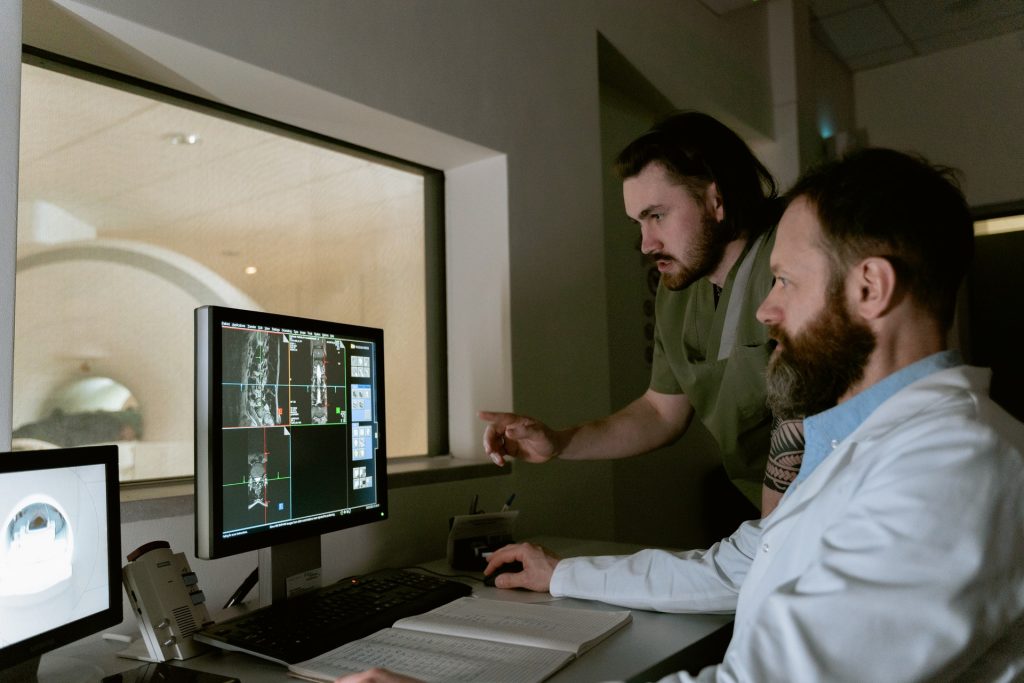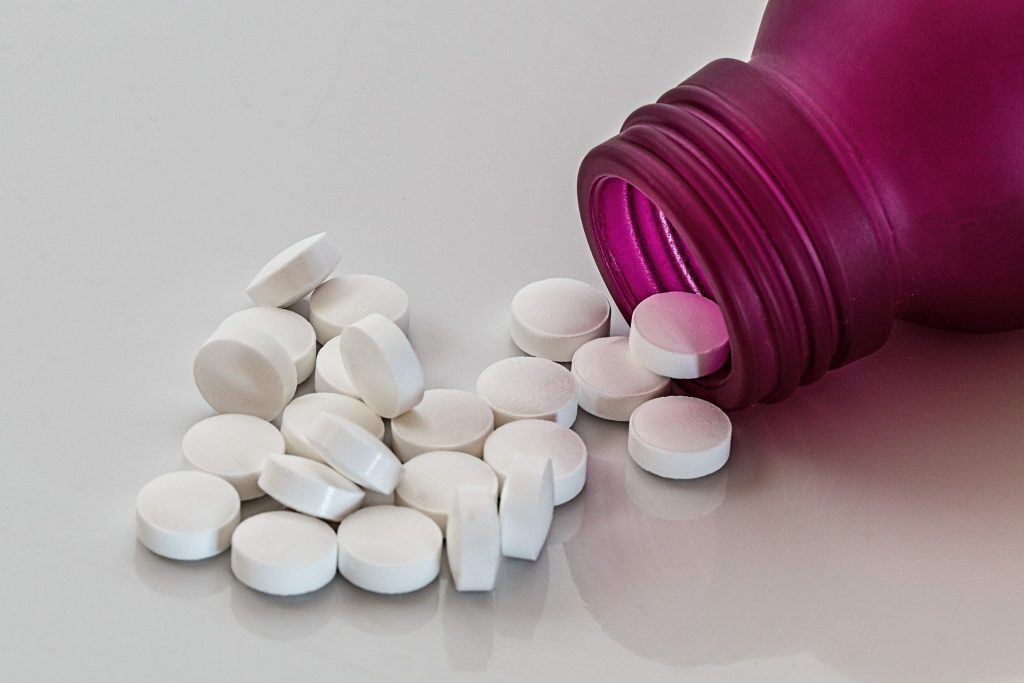Misattributed Paternity Decreasing – In Sweden, At Least

The frequency of misattributed paternity, where the assumed father is not the biological father, is low and decreasing in Sweden, according to an analysis of nearly 2 million family units with children born mainly between 1950 and 1990.
The rates of misattributed paternity are estimated to range from 0.8% to 30% across different countries and studies. Taking information from genetic and behavioural studies, the article characterised that individuals at higher risk being those who conceive younger, live in deprived circumstances, are in long term relationships (rather than marriages), or in certain cultural groups.
In the study published in the Journal of Internal Medicine, the overall rate of misattributed paternity was 1.7%, with rates closer to 1% in more recent decades.
The researchers used nationwide ABO blood group data and a nationwide register of familial relationships in Sweden. These data were analysed using both a frequentist Poisson model and the Bayesian Gibbs model. The study, which drew on 1.95 million mother-father-offspring family units estimated that the frequency of misattributed paternity was 1.7% in both models. Misattributed paternity was more common among parents with low educational levels, and has decreased over time to a current 1%.
The researchers noted that beyond its general scientific and societal relevance, the frequency of misattributed paternity has an effect on studies on hereditary conditions. Fortunately, the study’s findings indicate that misattributed paternity is unlikely to have large effects on such studies.
“Using simple but elegant methods, together with large-scale register data, we present population-based estimates of a peculiar question. These findings should once and for all put an end to the common misconception of overinflated occurrences of misattributed paternity in the general population,” said lead author Torsten Dahlén, of the Karolinska Institutet, in Sweden.
Source: EurekAlert!

